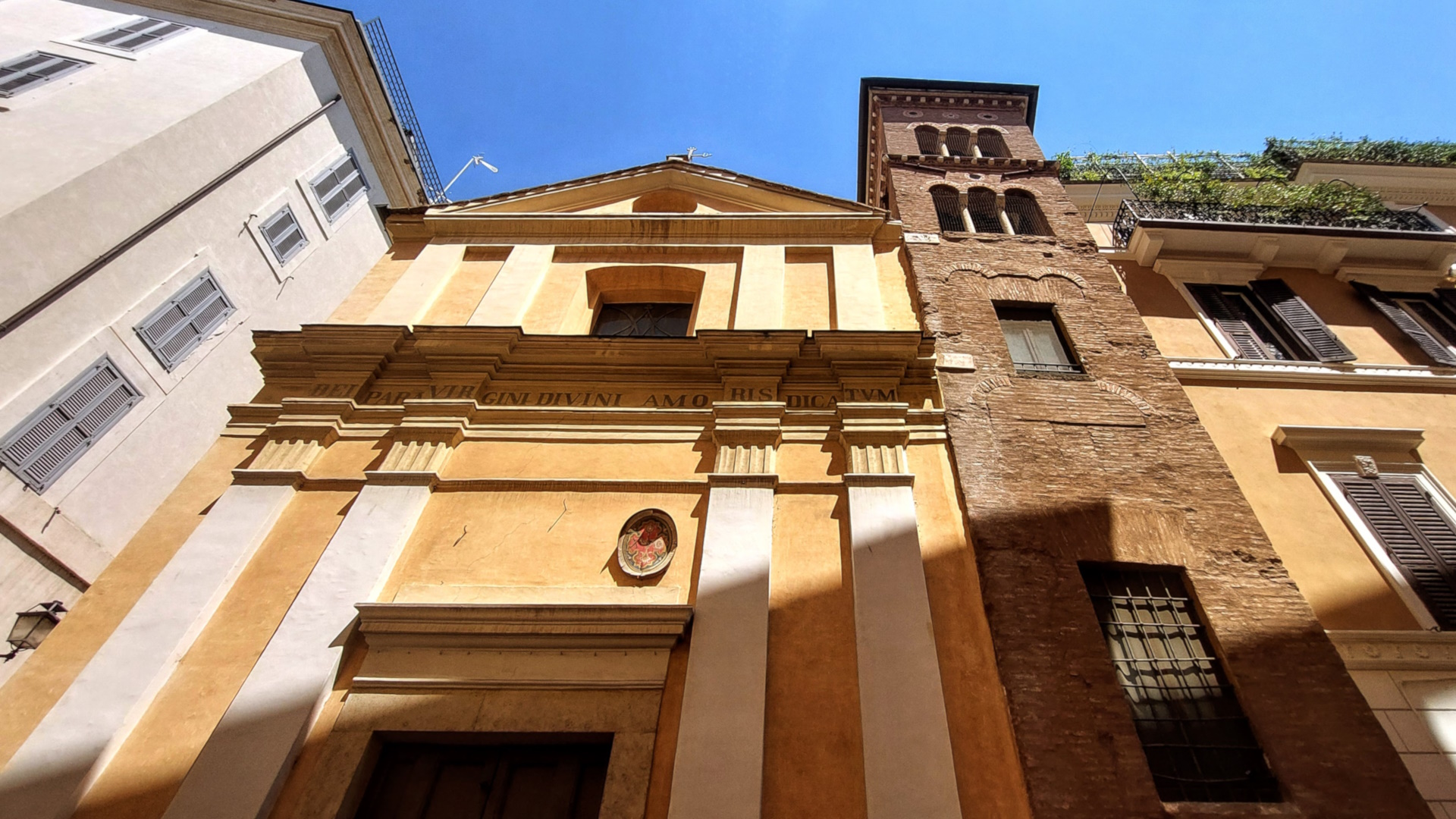
It is a small church, albeit with a long history, in an alley narrow enough to go unnoticed. A few steps from Via del Corso, wandering through the less frequented streets of the Rione Campo Marzio our gaze is drawn to a beautiful Romanesque bell tower with three-mullioned windows, marble columns and colored ceramic discs. It is what remains of an ancient place of worship in medieval Rome, initially dedicated to St. Cecilia because it was built, according to tradition, on the remains of the Roman martyr’s paternal home or a place where the saint used to retire to prayer. So says the inscription dated 1131, which was found in the early 17th century under the church’s high altar: “Haec est domus in qua orabat Sancta Caecilia,” “This is the house in which Saint Cecilia prayed”.
In 1525, Pope Clement VII granted the church to the Confraternita dei Materazzari (the guild of mattress-makers). It was this confraternity that added to the dedication that of St Blaise, who was their patron. Pope Benedict XIII and the confraternity had the body of the church rebuilt in 1729. The architect was Filippo Raguzzini, one of the most original interpreters of the Roman Rococo, author among others of the church of the Madonna della Quercia commissioned by another confraternity, that of the butchers. In 1802, given the great devotion of the Romans for the Madonna of Divine Love venerated in the sanctuary on Via Ardeatina, Pius VII entrusted the church to the Confraternity of Divine Love, from which the current names of the church and the alley derive. In 1944, for fear that it would be destroyed by bombs, the icon was moved to the little church, before being temporarily moved to the nearby San Lorenzo in Lucina and then to Sant’Ignazio because of the huge influx of worshippers.
Seen from the alley, the church shows the simple two-order façade designed in the 18th century by Filippo Raguzzini: four pilasters flank a single large central doorway and support an entablature with a simple dedicatory inscription on the frieze: “Deiparae Virgini divini amoris dicatum”. A triangular tympanum with a central oculus, surmounted by a cross, concludes the façade. The interior of the church has a single nave with a barrel vault, frescoed in the 19th century.
A tidbit of information: in one of the houses in the alley, at number 19, lived between 1604 and 1605 the great painter Caravaggio: a house-workshop shared with Francesco Boneri, better known by his nickname Cecco del Caravaggio, pupil, companion and model of so many of the master’s paintings.
Seven Roman guild churches
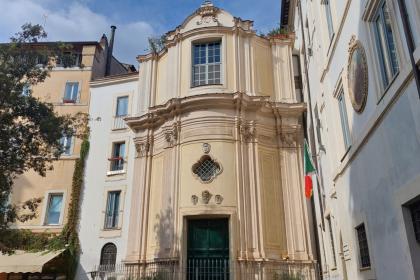
Rediscovering ancient arts and craft, stories and traditions with the guild churches
Rione IV - Campo Marzio
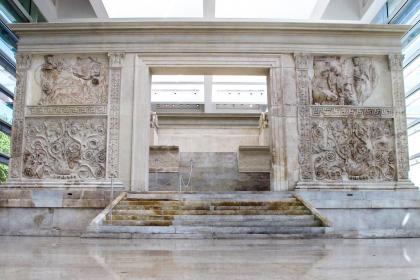
Caravaggio's locations
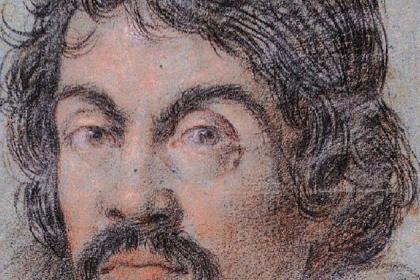
I Maestri dell'Arte: itinerari romani sulle tracce dei grandi artisti
 Condividi
Condividi
The Shrine of the Madonna del Divino Amore (Our Lady of Divine Love)
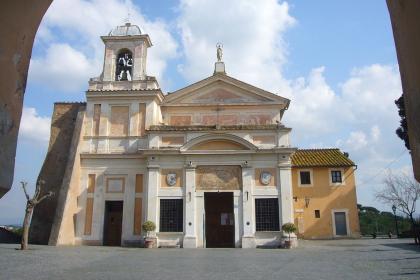
 Condividi
Condividi
Information
Open only during religious services
 Condividi
Condividi
Location
To find out about all accessibility services, visit the Rome accessible section.











































